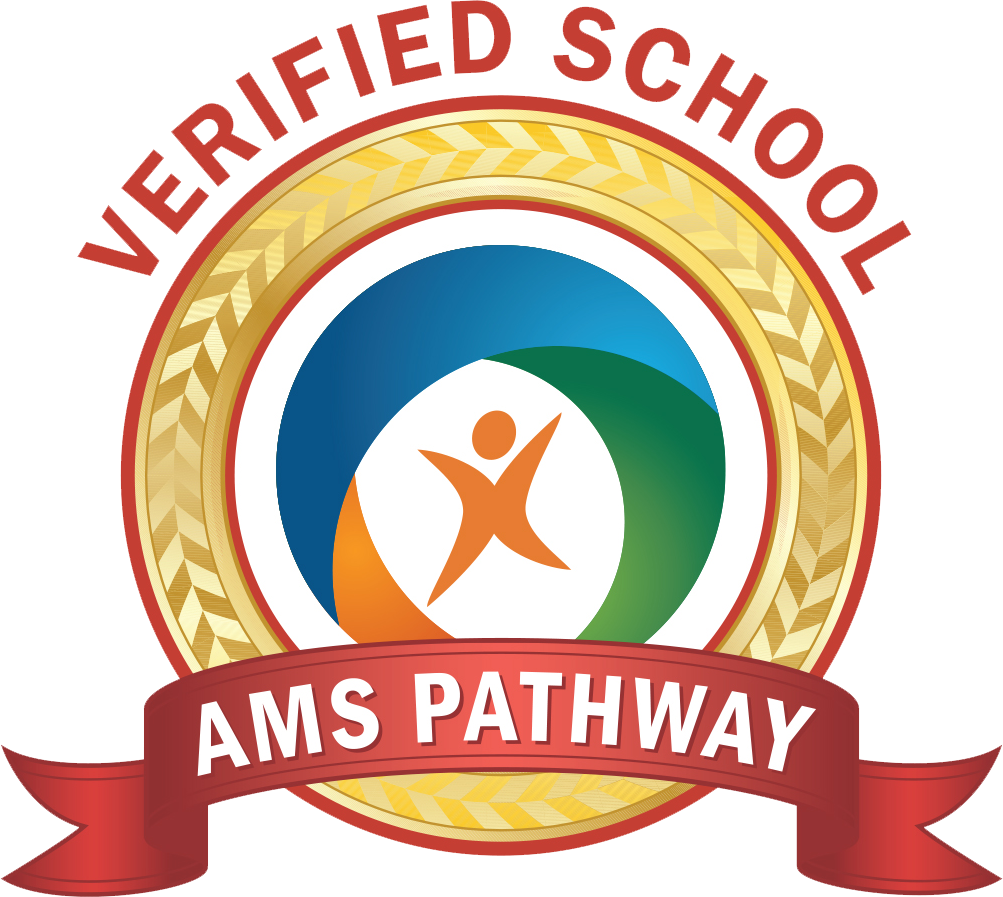Montessori: Creating a World of Peace One Student at a Time
Maria Montessori, founder of the Montessori Method, lived through the tragedy of World War I, the totalitarianism of the 1920s and 1930s, and the devastations of World War II. And yet she saw that the world could be made beautiful.
After a lifetime of observing children, she was convinced that they were the keys to transforming mankind and bringing about lasting peace, if educated through peace.
“We must lay the foundation for peace ourselves by constructing a social environment, a new world for the child and adolescent, so that their individual conscience may develop,” said Montessori.
She developed and implemented an education for peace as the core driver of the Montessori curriculum. By replacing the study of isolated subjects with an integrated view of life, children gain a better understanding of the consequences of their choices.
In an authentic Montessori classroom, peace education is as much a part of a Montessori student’s curriculum as math or language. Peace education starts by honoring the individual. Montessori classrooms are characterized by: personal freedom for each student to learn at his or her own pace; guidance--not authoritarian rule--by teachers; caring for the community, with interactions based on honor, trust, compassion, and respect; and caring for the planet. Peace education is not so much about limiting negative behavior as it is about guiding positive choice for a respectful experience and outcome.
Wanda Whitehead, head of Casa di Mir Montessori School (1989-2018), explains, “Education for peace is the creation of a whole education and curriculum that, because of its core and its many elements, prepares students for choices, actions, and thought in life, to create a peaceful life, whether simple or grand in scope.”
She adds, “The work of peace is hard work, courageous work. It is work that looks to see another’s need while caring for oneself.”
At the primary level, ages 3 to 6, teachers guide students to understand their own feelings and needs and to learn to identify these in others. They learn to take turns speaking and listening. This strengthening of self-awareness are the precursors to conflict resolution. In addition, the Montessori lessons of Grace and Courtesy help children demonstrate respect for each other, the environment, and the classroom materials through action.
At the elementary level, ages 6 to 12, language for conflict resolution skills is expanded as the child grows socially. Classrooms have a peace table or designated area, where two children can go to resolve a conflict. First they decide if they have come to calm before sitting down. Each takes a turn respectfully explaining to the other how they feel and what they need until each has heard the other and the conflict is resolved. Teachers model appropriate behavior and teach the language of resolution.
At the middle school level, ages 12 to 14, peace education takes into account the enormity of change in the adolescent. There is continued focus on conflict resolution. The concept of social justice is more broadly explored through their studies of society as well as among themselves.
Intrinsic to the Montessori curriculum, an education by and through peace emphasizes common origins with other people, other species, Earth, and the universe. As a result, peace becomes a habit. Students feel the drive to make the world more peaceful, socially just, and respectful of nature.
“What I hear and see time and time again from the adults who were once our students,” says Whitehead, who founded Casa di Mir in 1989, “is that no matter what profession they choose, they have a burning desire to serve and to lift humanity up. They find ways to fulfill this drive energized by their inner core of values from the education for peace they received.”
Diane Dunning
Former Director of Development and Communications
Casa di Mir Montessori

